Link building is still very important for SEO in 2025. One of the top three things Google looks at when it ranks a page is this: Good backlinks can definitely help you get more traffic, authority, and visibility. If you don’t have them, 91% of the material won’t even come up in the search results. Building links costs businesses between $1,000 and $5,000 a month. They don’t just obtain a lot of them; they also make sure they get nice ones. Being honest, using AI technology, and making results that are easy to observe and judge are some of the best things to do these days.
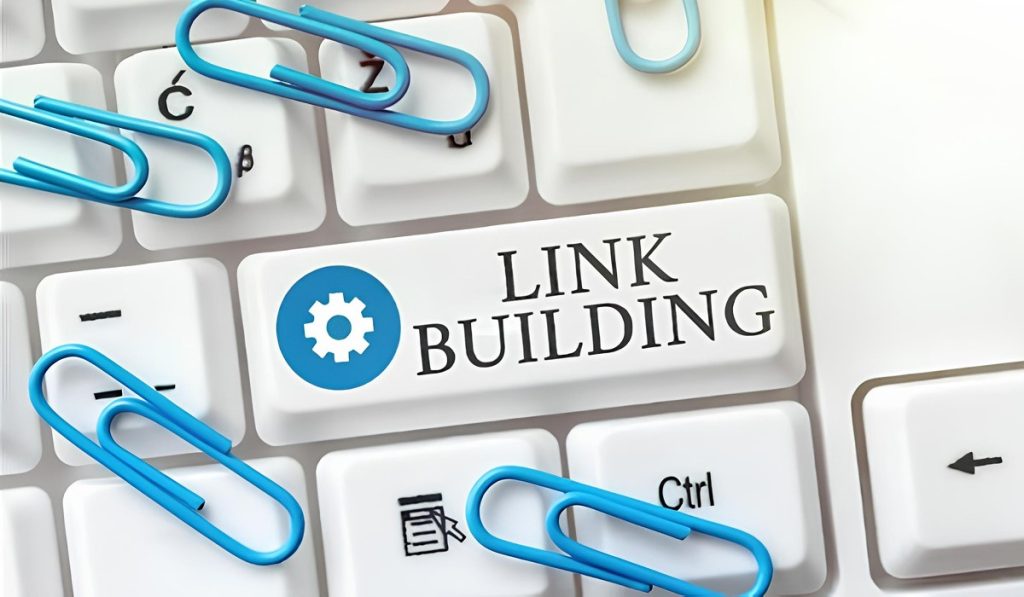
Link Building Services: Cheap vs. Good Quality
It’s important to know what your alternatives are when you hire link building services. If you’re just starting out, cheap services that cost between $50 and $150 a month are a great way to get your first links. On the other hand, the greatest link building services cost between $500 and $1,000 and will help you for a long time.
How We Give Services a Score for Building Links
When we look at link-building services, we employ defined standards and tests that are based on data. The idea is to make sure that every link comes from a real site with traffic, is relevant to the topic, and is useful for SEO in the long run, not only for short-term gains.
How We Get Our Data and What We Do with It
We check the quality of links with both public SEO tools like Ahrefs, Semrush, and Moz, as well as by doing manual audits. The most crucial numbers are:
- Organic traffic from donors—only links from sites that get real visitors.
- You can use Domain Rating (DR) and Domain Authority (DA) to figure out how strong and trustworthy a domain is.
- Topical fit means that the information on the donor site is related to the information on the target site.
- OBL (Outbound Links) looks at the page to see if it has too many links to other sites.
- Anchor mix: a mix of branded, generic, and keyword anchors that happens naturally.
- Policy for replacements: make sure that links that are lost or removed from the index will be replaced.
- Indexing: Search engines need to index pages that are donors.
What We Didn’t Add
We don’t want links from sites that have PBN footprints, gateway networks, or bogus link farms.
A Quick List for Quality Control
- Links established on real websites that draw visitors
- Google has added donor pages to its index.
- It looks like anchors belong and are in the appropriate location.
- The content is appropriate and matches the occasion.
What we don’t accept: We don’t accept links from PBNs, gateway pages, expired domains with no traffic, or any other tactics that use networks.
This plan makes sure that every link we choose helps with search performance, keeps us from getting in trouble, and builds a strong SEO base for the long term.
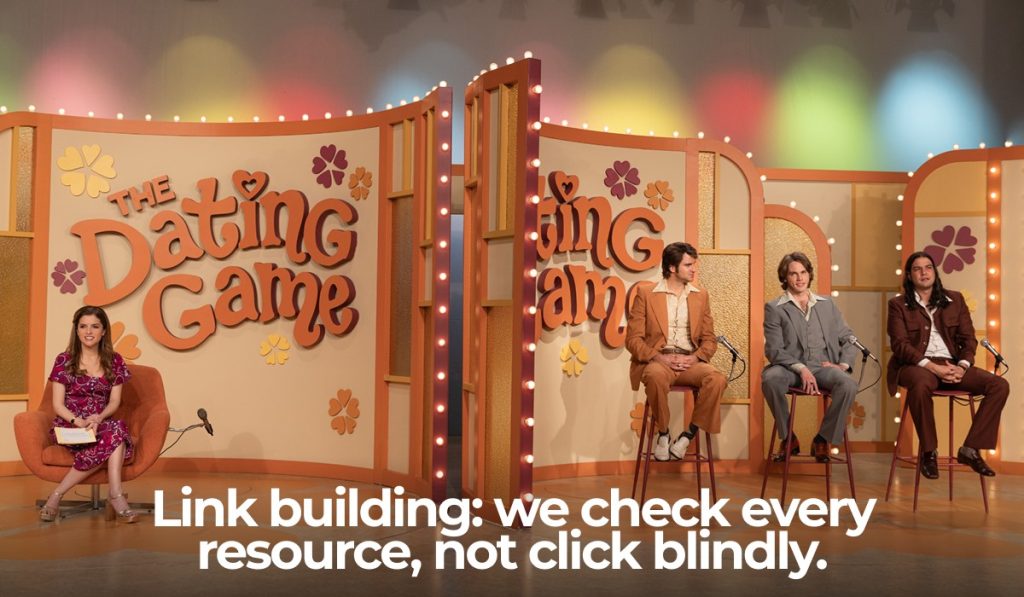
What Are Services For Building Links, And Why Do You Need Them?
Link-building services are companies that help websites get links from other websites. These backlinks are very important since they make it easier for search engines to reach your site. Your content could not get noticed if it doesn’t have a good link profile.
When it comes to SEO, the quality of your links is more important than how many you have. If your site has a lot of high-quality links from relevant and authoritative domains, search engines will see it as trustworthy and beneficial. This helps with indexing faster, getting better rankings, and getting more natural visitors.
Building links for SEO isn’t just about making random links. Choosing the correct websites, writing useful anchor texts, and getting in touch with well-known sites all take a lot of planning.
Here are some of the best aspects about services that help you build links:
- Raises the rankings in search engines
- Helps search engines add fresh pages more quickly. Brings in additional traffic from search engines. It gives a website a more serious and trustworthy look.
- Has affects on SEO that endure a long time
Comparison Table: Types of Link Building Providers
| Provider Type | Approach | Ideal For | Example Tasks |
| Freelancers | Focused campaigns | Small businesses | Guest posts, outreach, niche links |
| Agencies | Comprehensive strategies | Medium to large businesses | Content creation, link monitoring |
| Platforms / Companies | Scalable / automated solutions | Large campaigns | Bulk link acquisition, reporting |
Link building also affects discovery. Search engines use links to find new content, understand relationships between pages, and prioritize which content deserves higher rankings. Whether you work with freelancers, agencies, or full-service platforms, the goal is the same: get valuable links that positively impact SEO.
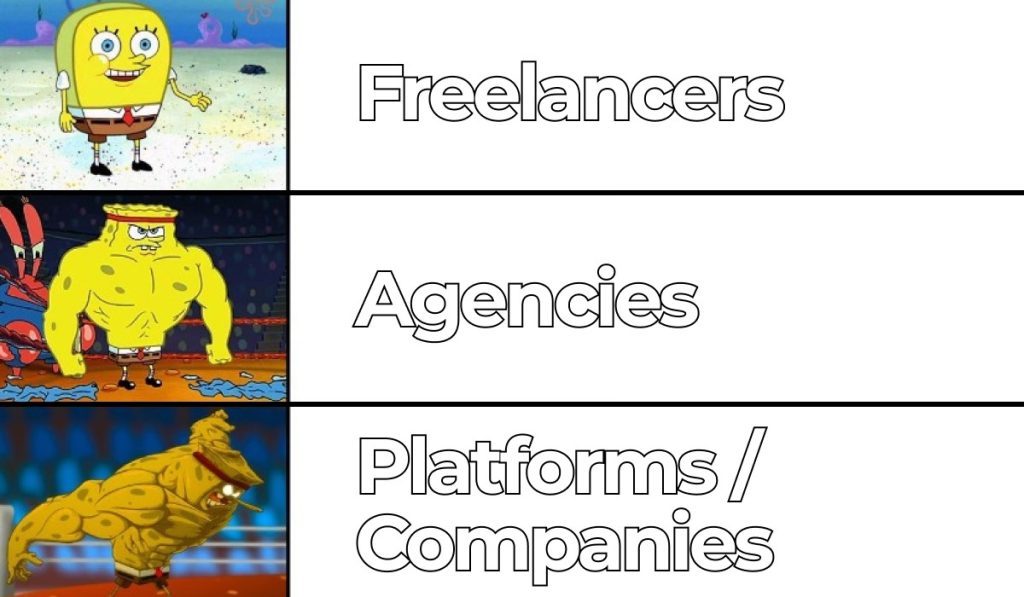
zaInvesting in link-building services ensures your website grows sustainably in search results. By focusing on relevance, authority, and natural link profiles, businesses can improve rankings, attract more traffic, and increase visibility without risking penalties from low-quality links.
Different Kinds Of Link-building Services (Choose The Proper Mix)
You don’t want to spend money on link-building services without knowing what you’re getting. There are pros, cons, and costs to each type of link development. Here is a breakdown with instances from the real world.
Digital PR and Editorial PR
- Best for: Mentions of your brand in well-known media
- Risks: links that cost a lot of money and don’t always follow
- The average cost is between $1,000 and $5,000 each campaign, and the time it takes to live is between a few weeks and a few months.
- There are no replacement terms (editorial mentions are organic).
- Keyword fit: Helps get editorial links in top-tier publications.
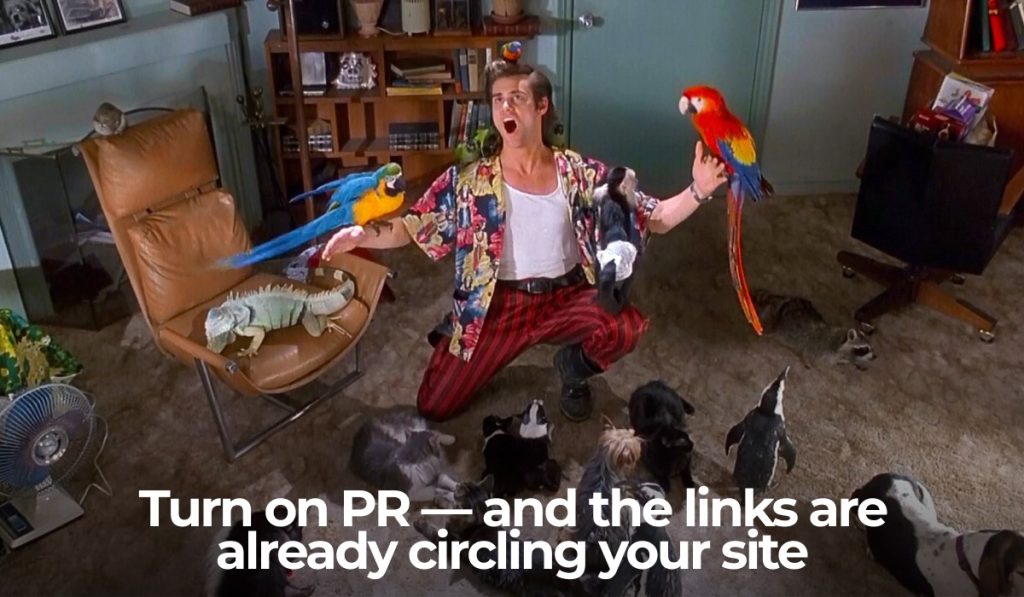
Guest posts & blogger outreach
- Best for: Brands with a medium budget that want to build their authority
- Risks: Blogs that aren’t very good if vetting isn’t done well
- The average cost is between $80 to $300 per placement.
- Time to live: 1–4 weeks
- Replacement terms: Usually 6–12 months
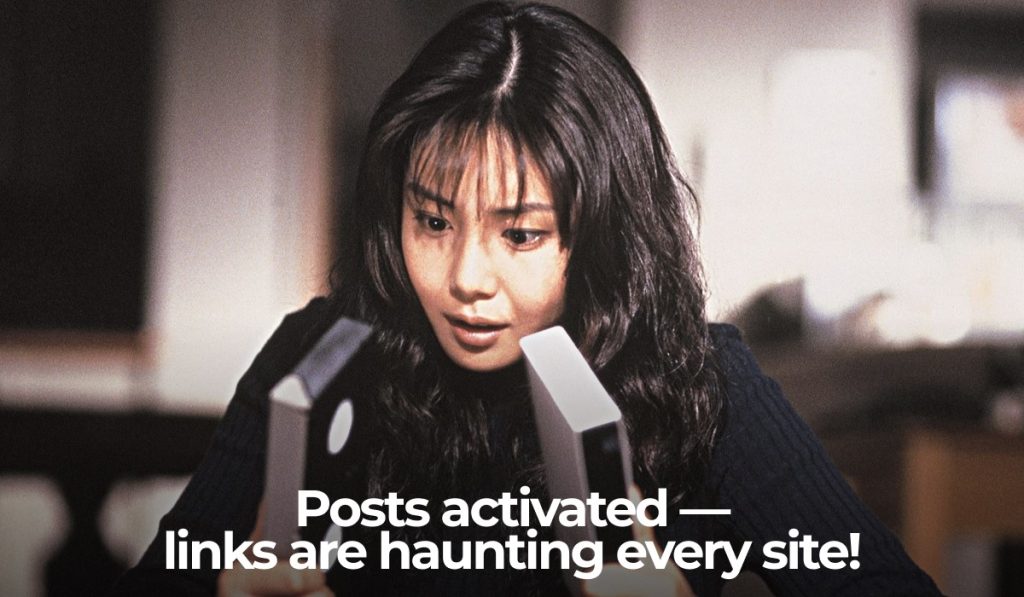
Link insertions/niche edits
- Best for: Quick placements on old pages
- Risks: Over-optimized anchors, old content
- Typical cost: $50–$200 per link
- Time to live: A Few days to 2 weeks
- Replacement terms: 6–12 months, depending on provider
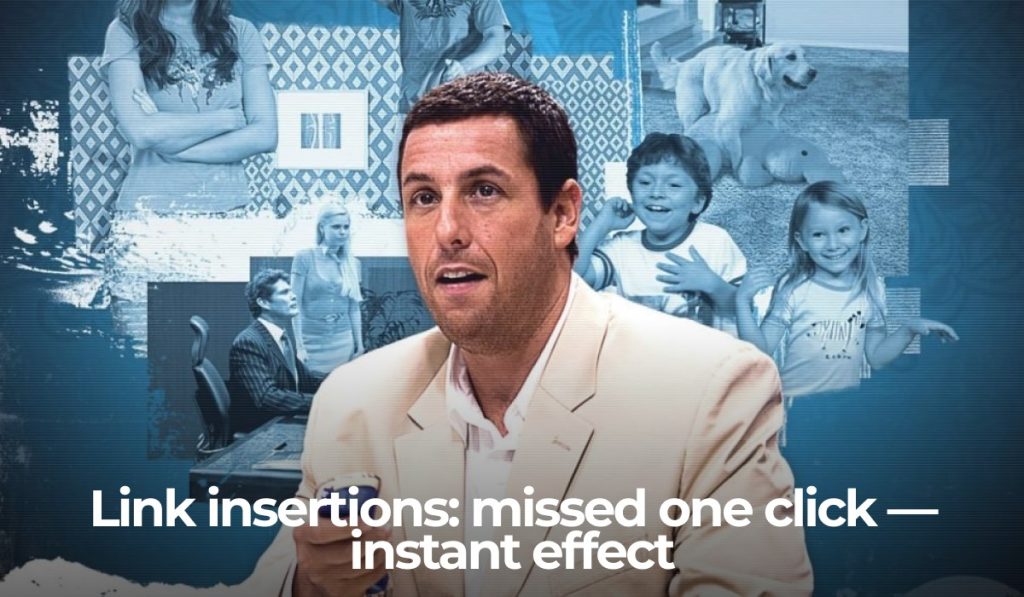
White label link building (for people who want to resell)
- Best for: Agencies that want to grow their clients’ SEO without doing marketing themselves
- Risks: Limited control over sites selected
- Cost per link: $100 to $400
- Life span: 2 to 6 weeks
- Replacement terms: Guaranteed live time (usually 12 months)
How Much Link Building Services Cost in 2025?
It’s important to know how much link development costs to make a good SEO plan. Prices change based on the methods used, the quality of the sites, and the services offered. Most link development services include research, creating content, reaching out to people, and occasionally replacement assurances. Knowing the market might help you stay away from links that are too expensive or not good enough.
Price Ranges by Strategy
- Guest posts are paid placements on blogs or niche sites. The price depends on the site’s DR/traffic and how relevant it is to your topic.
- Niche tweaks and link insertions are when you put links into already-existing material. This is frequently faster and cheaper than making new content.
- Editorial and digital PR connections are high-authority placements in media venues. They are normally the most expensive but endure the longest.
- Backlink packages are groups of links for agencies or big campaigns. They are useful for scalability, but the hazards are different.
Things to Look Out For
- Very low costs for high-DR links
- Sites that don’t get real traffic or have content that isn’t useful; automated or PBN-based packages
When Packages Are Useful
If you need a lot of backlinks and have tight quality standards in place, backlink packages can help. They are generally the best choice for businesses or agencies that are operating more than one campaign at the same time.
Comparison Table of Link Building Services
| Type | DR/Traffic Bands | Avg. Price per Link | TAT | Replacement | Risk Level | Example Service / Notes |
| Guest post services | DR 20–50 / 500–5k visits | $80–$250 | 1–4 weeks | 30–90 days | Medium | OutreachMama – niche targeting, manual outreach |
| Niche edits | DR 30–60 / 1k–10k visits | $50–$200 | 1–2 weeks | 30–60 days | Low-Medium | NicheWebsiteBuilders – fast placement, safe sites |
| Editorial / Digital PR | DR 50–90 / 5k–50k visits | $500–$2,000+ | 2–6 weeks | Organic only | Low | PRNewswire – high-authority mentions |
| White label / backlink packages | DR 20–70 / varies | $100–$400 | 2–6 weeks | 60–90 days | Medium-High | Stellar SEO – scalable packages for agencies |
Investing in link-building services in 2025 means balancing cost, quality, and tactics. By understanding link-building cost and comparing options like guest post services, niche edits, or backlink packages, businesses can make strategic choices that improve rankings, traffic, and authority without unnecessary risk.
Making Links And Planning Your Campaign
If you want link building to work, you need to have a clear plan. When you build links for SEO, you have to decide which ones to use, where to put them, and what order to put them in. You can’t just get links. If you don’t have a plan, even good links might not work.
Cadence, Anchors, and Pages: The Basics of Strategy
When you plan how to build links, you should keep these things in mind:
- To make your link profile look real, use a mix of long-tail, exact-match, generic, and branded anchors.
- You can link to the main page, the pages for each category, or even a single post.
- Cadence: Instead of adding all the links at once, add them slowly so it looks like things are growing on their own.
- Dofollow and nofollow links: Learn which links will help with SEO and which ones are just for getting traffic or mentions of your brand.
- Referring domains: The more sites that link to you, the easier it will be for search engines to find you.
Your plan for building links will be clear, organized, and easy to understand if you follow these steps.

Running the Link-Building Campaign
The real work begins after you have a plan for the link-building campaign. This is what it looks like:
- Check out the website: Find blogs and websites that link to your links.
- You can write posts, digital PR materials, and niche edits, to name a few things.
- Outreach: To add links, you should contact the owners of the websites in a polite and professional way.
- Make sure that all of the links, anchors, and web pages are in either project management software or spreadsheets.
- Changes and scaling: Figure out what works best and then add more work over time.
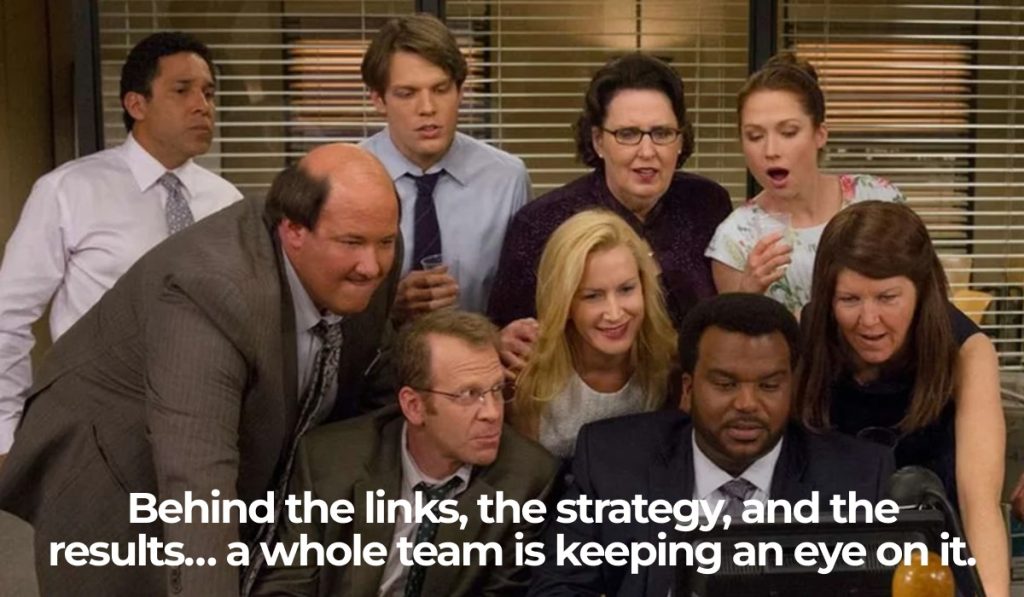
A well-planned link-building campaign makes sure that links are put in the right places, help your strategy, and really improves your SEO results.
How to Choose a Link Building Company or Agency: A Buyer’s Guide
Choosing the right partner for any link building project is very important. The right provider can help you save time, make sure the job is done right, and get you the most for your money. The wrong one can cost you money and hurt your SEO.
Looking into a Link Building Agency
When you look at a link building company, keep these things in mind:
- Past: Check out the real results of past campaigns.
- Transparency: Clear reporting on where links are placed, what anchors they use, and which domains they come from.
- Do they use safe, white-hat methods? Don’t work with agencies that rely too much on PBNs.
- Prices: Make sure the prices are in line with the quality and services offered.
- Communication: It’s important to answer quickly, professionally, and clearly.
A good link building company will help you make a plan, do outreach, and get results that you can see without any hidden risks.

Choosing a Link Building Company: Pros and Cons Compared to an Agency
Link building companies tend to do more business than agencies:
Pros:
- Everyone gets the same packages and processes
- Execution is often quicker
- It’s easier to plan a budget
Con:
- Less help with planning
- Not a lot of options for customization
- Sometimes placements that aren’t as good
When choosing between a link building company and an agency, think about your goals, how long you have to reach them, and how much help you need with strategy. You can choose better if you look at more than one link building company or agency.
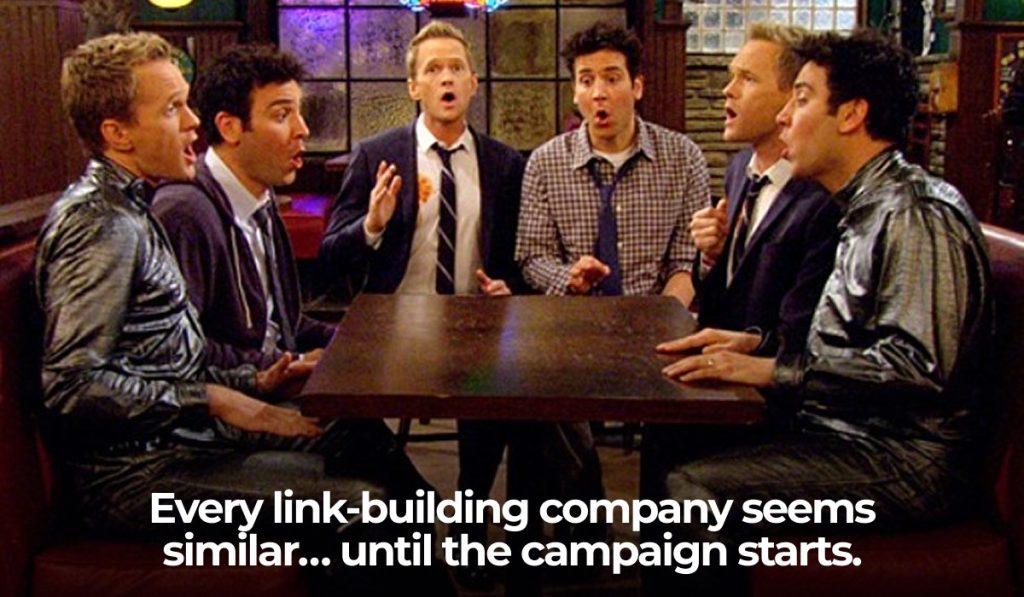
Tree of Choices: When to Use White Label
Agencies and resellers can benefit from white label link building in the following ways:
“How to build links” decision points:
- Do you need to grow your business in a way that doesn’t cost a lot?
- Niche: Are you concentrating on a specific area or topic?
- Timeline: Do you want quick results or steady growth over time?
- Digital PR, guest posts, or niche edits are all good tactics.
A clear decision tree can help you decide if you need a white-label provider, a specialized company, or a full-service agency.
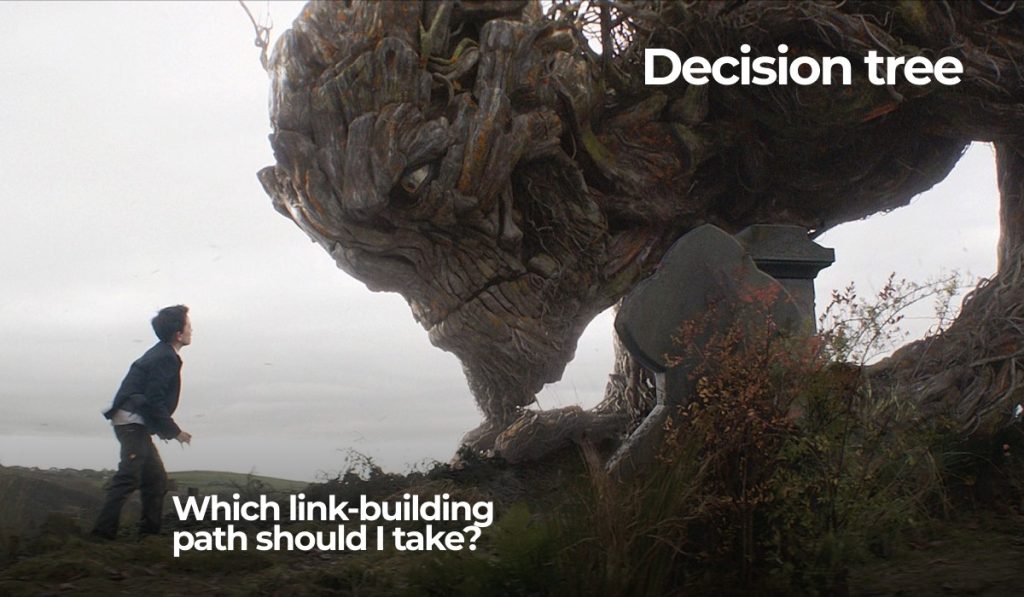
Best Link Building Services
Finding the best link building services can save time and ensure quality links that genuinely help your SEO. We’ve vetted 5 providers, comparing their strengths, target clients, replacement policies, and transparency in sourcing. Whether you need a link building agency, a link building company, blogger outreach services, or digital PR link building, this guide makes it easy to choose the right partner.
Comparison Table of Top Link Building Services
| Provider | Type | DR / Traffic Band | Avg. Price per Link | Replacement Policy | Notable Strengths | Example Sites / Toggle |
| OutreachMama | Blogger outreach services | DR 20–50 / 500–5k | $80–$250 | 30–90 days | Manual outreach, niche targeting | View sample sites |
| NicheWebsiteBuilders | Link insertions / niche edits | DR 30–60 / 1k–10k | $50–$200 | 30–60 days | Fast placement, safe sites | View sample sites |
| PRNewswire | Digital PR link building | DR 50–90 / 5k–50k | $500–$2,000+ | Organic only | High-authority mentions, brand exposure | View sample sites |
| Stellar SEO | White-label link building | DR 20–70 / varies | $100–$400 | 60–90 days | Scalable packages for agencies | View sample sites |
| GuestPostPro | Guest post services | DR 25–55 / 1k–7k | $90–$300 | 30–90 days | Diverse niches, proven results | View sample sites |
1. OutreachMama – Blogger Outreach Services
- Proof points: 1,200+ links placed in niche blogs; 98% client satisfaction
- Best for: Small to medium businesses, targeted niches
- Replacement policy: 30–90 days

2. NicheWebsiteBuilders – Link Insertions / Niche Edits
- Proof points: Fast placements in safe sites; proven niche relevance
- Best for: Agencies or businesses needing quick link insertions
- Replacement policy: 30–60 days
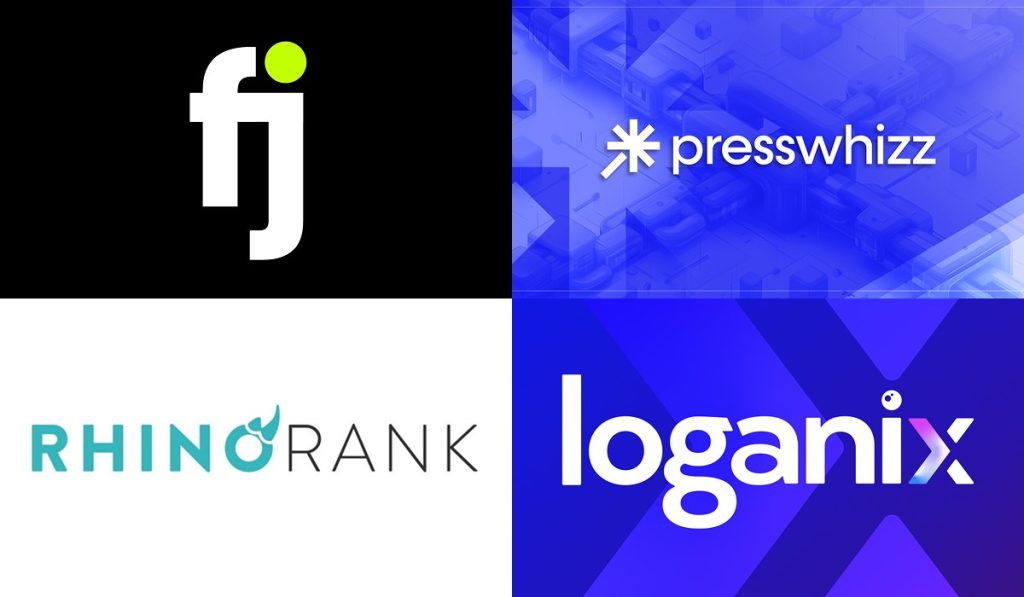
3. PRNewswire – Digital PR Link Building
- Proof points: Features in top media outlets; DR 50–90 coverage
- Best for: Large brands seeking media exposure and authority links
- Replacement policy: Organic only
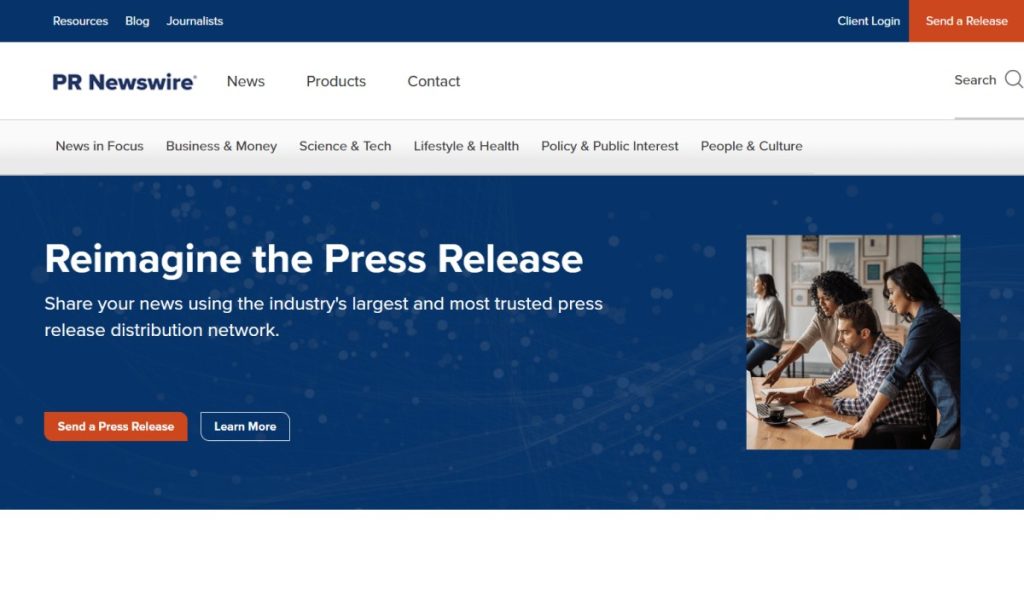
4. Stellar SEO – White-Label Link Building
- Proof points: Scalable backlink packages; works for multiple clients
- Best for: Agencies or resellers wanting ready-to-go solutions
- Replacement policy: 60–90 days
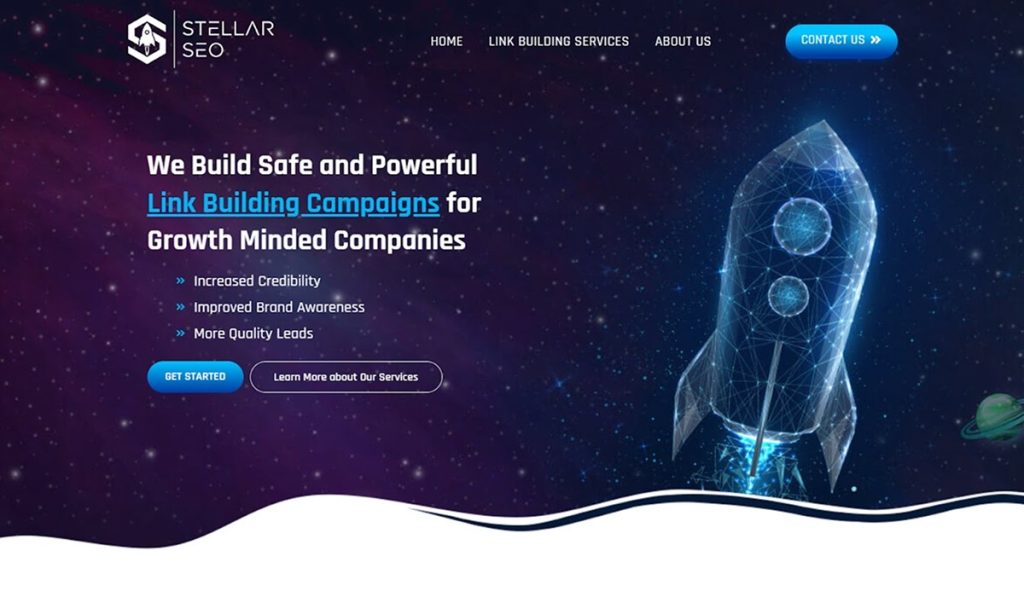
5. GuestPostPro – Guest Post Services
- Proof points: Diverse niches, proven ROI from links
- Best for: Businesses looking for high-quality guest posts
- Replacement policy: 30–90 days
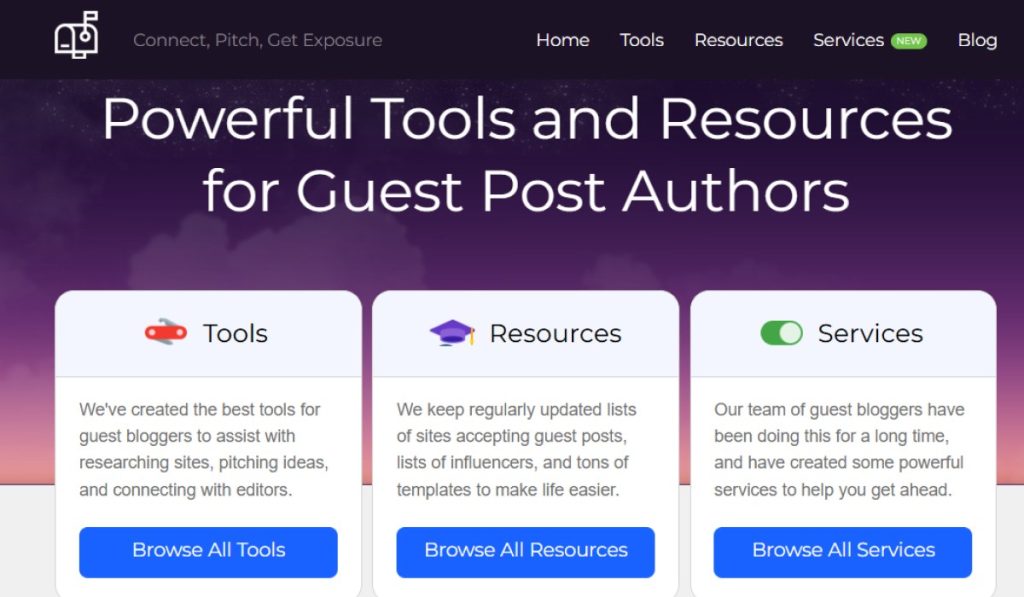
Using this shortlist, you can compare link-building services, agencies, and companies side by side to find the provider that fits your budget, niche, and campaign goals — all while checking metrics, guarantees, and proof points.
Things To Check Vendors And Keep An Eye On Links
Link-building tools are useful for looking into possible partners for outreach or running campaigns in-house, keeping ratios healthy, and making sure that every placement is worth it. The right stack helps you find risky domains early, see how anchor links are used, and make sure that links are indexed and actually making a difference.

What to Look For in Core Functions
- Before you contact the prospects, check their domain authority, traffic quality, and niche relevance.
- A look at the anchor and ratio. Watch how anchor text is spread out and don’t over-optimize.
- Indexing backlinks: Make sure that the links you’ve worked so hard to get are seen and crawled by search engines.
- When you track SERP volatility, you can tell if rankings change on their own or because of strange link activity.
Why These Tools Matter
You shouldn’t believe everything that vendors say. Link-building tools help you keep track of your backlinks and keep you out of trouble. They also help you compare agencies by checking to see if links are still working, useful, and relevant.
Example Tool Grid
| Tool | Core Use Case | Pros | Cons | Link |
| Ahrefs | Prospect vetting, anchor analysis | Comprehensive database, reliable SERP tracking | Higher cost for small teams | ahrefs.com |
| Majestic | Trust Flow & topical analysis | Excellent for niche relevance | UX feels dated | majestic.com |
| IndexCheckr | Backlink indexing verification | Quick crawl checks | Limited other metrics | indexcheckr.com |
| Serpstat | Keyword + volatility monitoring | Affordable all-in-one | Smaller link index than competitors | serpstat.com |
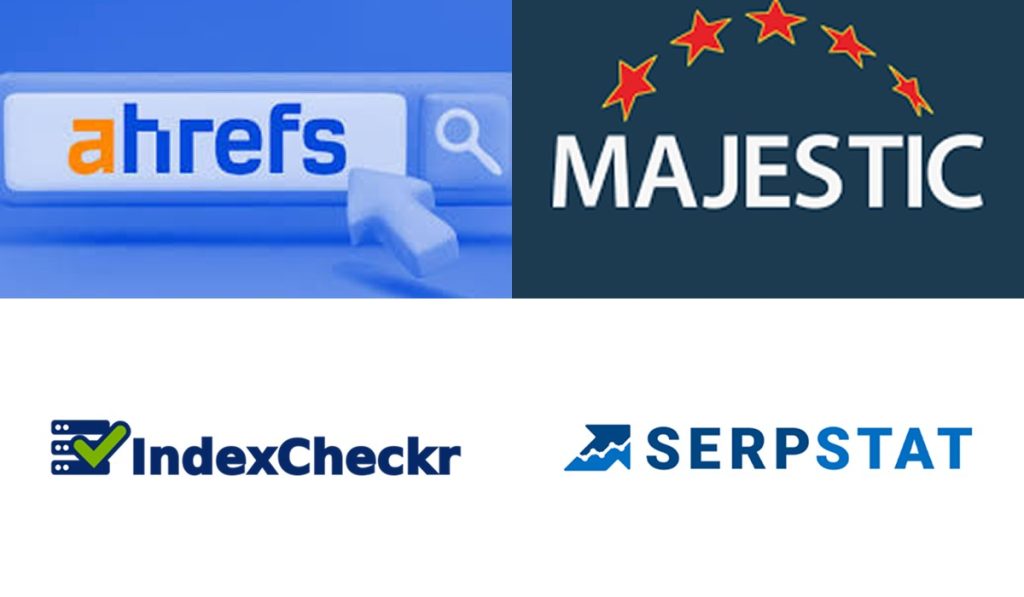
Investing in the right link-building tools is like building a safety net: they let you monitor vendors, validate placements, and ensure your campaigns generate lasting results.
How to Use Link Building to Improve Local SEO
When it comes to local SEO link building, it’s not just about getting a lot of links. Instead, you need to make the right kinds of connections that show how your business fits into the community and how you are important in a certain area.
What Makes Building Links in Your Area Different
- Citations as proof of being there: Search engines use business profiles and directory listings to make sure your name, address, and phone number are correct.
- Community and sponsorship signals— Helping out with local groups, events, or charities builds trust and gives you natural ways to connect.
- When it comes to media mentions with local authority, coverage in newspapers, blogs, or chambers of commerce websites is often better than just looking at the raw DR numbers.
- Size doesn’t matter as much as relevance. A link from a small neighborhood blog can have a bigger impact in that area than one from a big DR90 site.
- Having fewer high-quality things is better than having a lot of low-quality things. In this area, having a few good links can help you do better than your competitors who have more backlinks.

Here are six useful tips that you can use again and again:
- Put your business in local directories. Regularly add your NAP information to sites like Yelp, Bing Places, or your local chamber of commerce.
- Get links by being a sponsor. Give your time to help out local sports teams, festivals, or charities. Most of the time, websites for events list the names of their sponsors.
- Get in touch with the media in your area. Share expert opinions on local issues or write stories about how your business helps the community.
- Reach out to businesses in your area. For example, a gym could be next to a health food store because they both offer similar services.
- Write guest posts that are about what you do. Put articles or guides on blogs, association websites, or neighborhood portals in your area.
- Use events to get press. Host or go to meetups and get links from event listings and write-ups that talk about the events.
A smart way to get links for local SEO doesn’t try to get a lot of them. It looks at how relevant something is, how reliable it is in the area, and how consistent the signals are across community, media, and directory sites instead. You can get long-lasting visibility even if you have fewer links than your national competitors by using these strategies over and over again.
What to Avoid for Safety and Google Compliance
Safety is the most important thing when running campaigns. Google’s algorithms are getting better and better at finding manipulation. Editorial links are still the best kind of links, but every SEO should know the warning signs and ways to avoid penalties that can lead to long-term growth.
Common Warning Signs in Link Building
- Footprint patterns: too many links from one site that go to the same place, networks of cloned templates, or links that go to the same place in different niches.
- Anchors that are too optimized— Using the same exact-match keywords over and over again in your anchor text is a bad idea.
- Indexing gaps: If links are put up but not indexed for weeks, search engines might think they are spammy or not very good.
- Weak donor profiles: A site may have high metrics but not have relevant content, good traffic, or user trust.
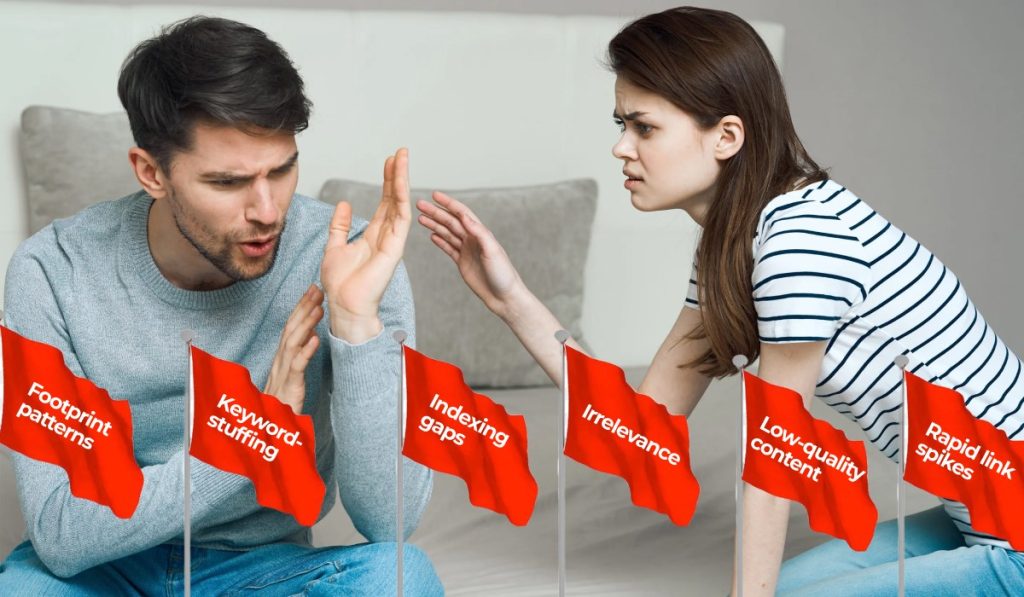
Traffic-Light Risk Matrix at a Glance
| Signal | Example Footprint | Risk | Mitigation |
| PBN use | Sites with spun content, hidden ownership | 🔴 High | Always avoid PBN networks; stick to real sites with audience |
| Anchor abuse | 20 identical “buy red shoes” anchors | 🔴 High | Balance anchors: branded, generic, partial match |
| Low-quality DA links | Paid placements on irrelevant blogs | 🟠 Medium | Prioritize topical + traffic relevance over raw domain authority (DA) links |
| Unindexed DR sites | domain rating (DR) links with no organic traffic | 🟠 Medium | Verify indexing in Google; reject ghost metrics |
| Editorial placements | Articles on real media with traffic | 🟢 Low | Safest option; keep diversity in your profile |
Best Practices to Stay Safe
- Diversify anchors and keep branded terms as your base.
- Check indexing status within 1–2 weeks of placement.
- Audit donor sites: topical fit, real traffic, consistent publishing.
- Mix link types — citations, guest posts, media mentions — for a natural footprint.
Footprints: Bad vs. Good Examples
- ❌ “blog123.info / Buy-Keyword” → obvious spam pattern.
- ❌ Identical layouts across 50 “news” domains with no social signals → hidden network.
- ✅ “localbusinessjournal.com / YourBrand partners with charity” → natural, contextual, low-risk.
The safest campaigns are those built on transparency, relevance, and balance. By actively avoiding risk signals, refining your anchor text strategy, and verifying both DA and DR metrics against real traffic, you protect long-term rankings and keep your link profile Google-compliant.
Check To See That Your Backlinks Are Safe And Strong
Having a lot of backlinks doesn’t mean your profile is strong. It’s very important to find the right partners who understand what you do and what you want to do. There shouldn’t be a link just to get something done. When you use link-building services that you can trust, you can be sure that every link is safe and useful. This makes it less likely that search engines will think your site is spam. If you care more about quality than quantity, your profile will look real and trustworthy. Your domain will get stronger over time if you always use a smart link building strategy. It stops you from using quick fixes and instead helps you focus on the content, getting people involved, and growing over time. A curated approach also helps you keep track of how far you’ve come and get the most out of your work. If you use smart links, your site will show up near the top of search results and stay there for a long time.
Cases: Real Stories of Link Building Success
Kraken (San Francisco, fintech/crypto)
Kraken turned Digital PR into a powerful driver of both links and traffic. Over 8 months, their team built 440+ backlinks, averaging about 55 per month, which helped grow their organic visits to over 3 million per month.
Some standout stories:
- DCA Strategy Crypto — earned 54 high-quality links from major outlets like Yahoo Finance and CoinDesk.
- Crypto FOMO — featured on Forbes and other top media.
- NFT Statistics — reached #1 ranking and even appeared in a full SERP feature.
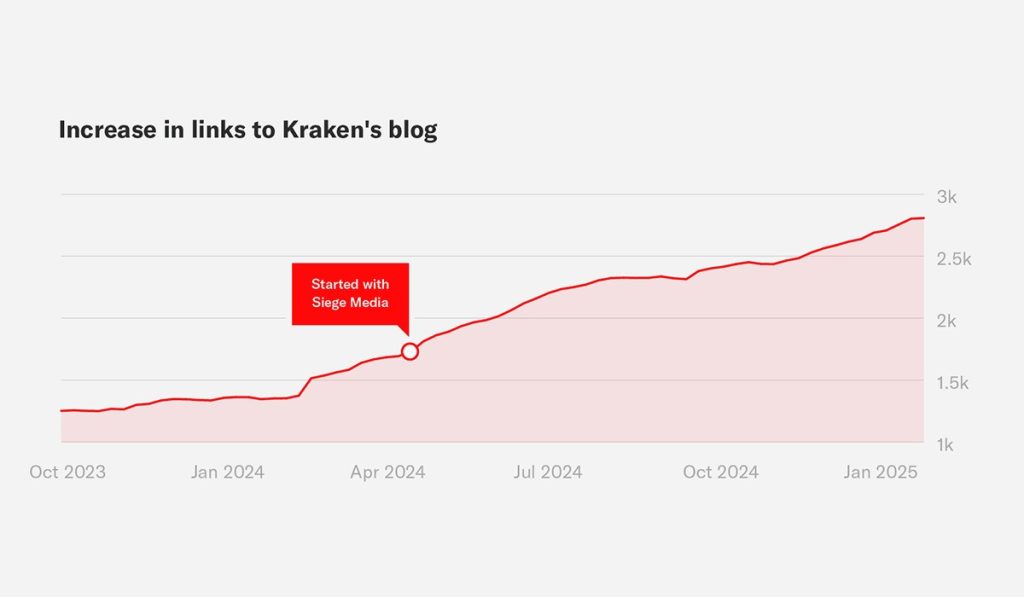
Credit.com (San Francisco, finance/YMYL)
Credit.com combined content updates with smart link building to create a real impact: 16,500 backlinks and +80% organic traffic growth.
Highlights include:
- “Can You Get an Apartment With Bad Credit?” — 100+ links, Top-10 ranking, featured in PAA.
- Other posts gained 644–711 links each, reaching Top-10 and featured snippets for high-volume searches.
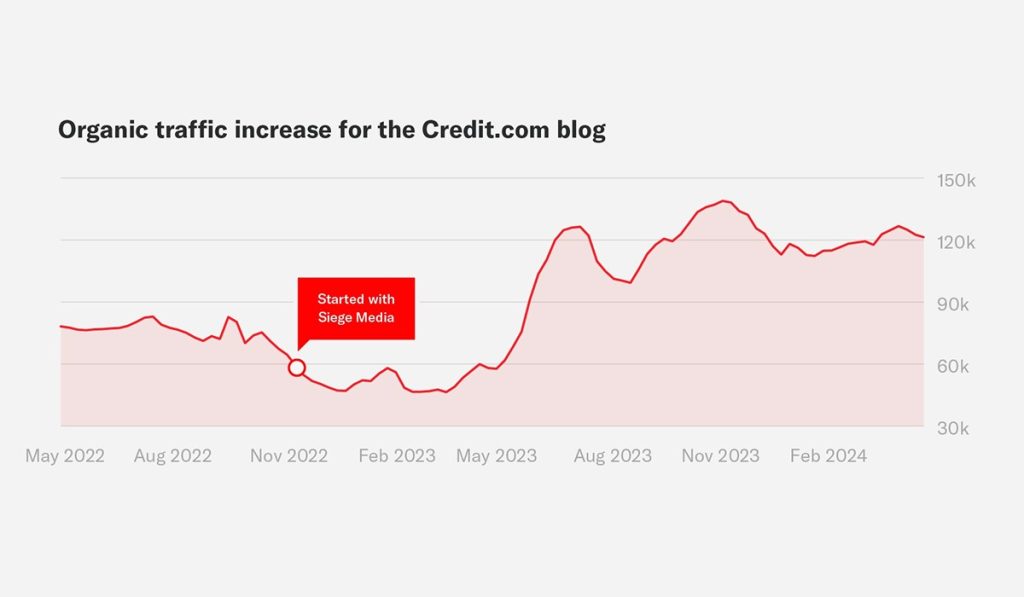
One Click (Greenwood, IN — e-commerce/eyewear)
One Click focused on quality over quantity, earning 200+ links to brand websites. The results? +65% YoY organic traffic for Readers.com and +20% for SunglassWarehouse.
How they did it:
- Creating eye-catching infographics combined with outreach.
- Optimizing internal site structure, including IA improvements and HTML sitemaps.
FAQ: Link Building Insights
How much do link building services cost in 2025?
Most campaigns fall into typical bands: niche edits $40–$150 per link, guest post services $150–$600+, and digital PR/editorial links $500–$1,500+ depending on DR/traffic, topic match, and content effort. Good link building services include research, writing, placement, and a replacement policy. Avoid suspiciously cheap links with no organic traffic to ensure ROI.
Are link building services worth it for SEO?
Yes—when links come from relevant sites with real traffic and natural anchors. Expect results after 8–12 weeks as pages get crawled and signals consolidate. Poor-quality placements, spammy anchors, or PBNs can cancel gains. Pair links with strong content and internal links for maximum effect. Pay attention to a proper anchor text strategy.
What’s the difference between a link building agency and a link building company?
A link building agency typically offers custom strategy, outreach, content creation, and detailed reporting. A link building company usually sells standardized packages at fixed DR/traffic tiers. Agencies are better for complex or regulated niches; companies are suited for predictable volume. Choose based on goals, budget, and sourcing transparency.
Guest post services vs niche edits: which is safer?
Both can be effective if the donor site has topical relevance and real traffic. Guest post services give more control over context and anchors but take longer. Niche edits are faster and cheaper but riskier if inserted on thin or low-quality “listicle farms.” Always vet each site’s traffic trends and outbound link patterns.
How do I choose link building services and avoid PBN links?
Ask for sample URLs, check organic traffic in similar regions, review recent posts for advertorial patterns, and inspect outbound link velocity. Ensure replacement terms are clear and avoid automated networks. If a provider can’t show real sites with traffic, walk away. Create your own anchor text strategy before starting.
What is white label link building and who is it for?
White label link building allows delivery under your brand by a third party — ideal for agencies scaling without in-house outreach. Make sure SLAs cover quality (traffic thresholds, topical categories), reporting is clear, and communication rules are set. Retain editorial control over anchors and landing pages.
How long does a link building campaign take to show results?
Typical link building campaign timelines: 2–4 weeks for placement and indexing, 2–3 months for steady ranking lifts. Low-competition pages may see faster results, competitive head terms take longer. Consistency is key — spread links over time, update content, and improve internal linking to accelerate results. Track progress by page, not only by domain.
How many backlinks do I need for a new page?
Benchmark your top-3 competitors: count referring domains, note their DR/traffic and anchor mix. Aim to match or slightly exceed quality-adjusted links. Start with a balanced anchor text strategy (brand/URL > partial match > exact match) and iterate as the page builds topical relevance.
What link building tools should I use to vet donors and track links?
Use one crawler for organic traffic & keywords, another for DR/DA & link graphs, and a tracker for backlink indexing. Confirm that posts are crawled, anchors are correct, and pages remain live. Maintain a vetting sheet with traffic thresholds, OBL limits, and replacement deadlines.
How is link building for local SEO different?
For link building for local SEO, prioritize geo-relevant sites: local news, chambers of commerce, sponsorships, and niche associations. Fewer, highly relevant links can outperform sheer volume. Ensure NAP consistency, earn citations, and pursue stories tied to your city or service area for natural local coverage.
Real Results from Trusted Link Building
Review 1
We hired a link building agency to manage full-stack link building services, combining guest post services with digital PR link building. The first few weeks were a bit rocky—some placements came from sites with little or no traffic. We refined the brief, set strict rules for real sites with traffic (≥3K/mo), and adjusted our anchor text strategy to favor brand/URL over exact-match.
We also audited every placement using link building tools for traffic, keywords, and outbound links. After replacing a few weak links, the campaign stabilized. By week 12, we saw steady growth in referring domains and the first leads from our content. Lesson learned: transparency and anchor control are more important than speed.
Review 2
We looked for link building services specifically for link building for local SEO. We chose a link building company running a hybrid approach: local media mentions, citations, and carefully selected niche edits. Around weeks 8–10, we started seeing better rankings on geo-targeted terms and increased map impressions.
Not everything was perfect—turnaround was slow, and a few links didn’t index. We solved this with an SLA for backlink indexing, replacements for dropped URLs, and stricter audits to avoid PBN footprints. To expand into nearby cities, we added white label link building under our brand and cleaned up NAP across listings. Takeaway: fewer, highly relevant links outperform sheer volume, and a well-planned link building campaign keeps everyone accountable.

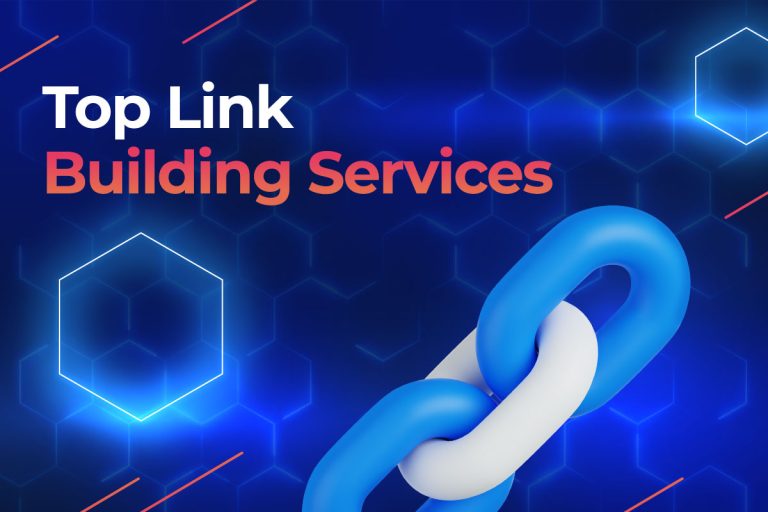
0 Comments